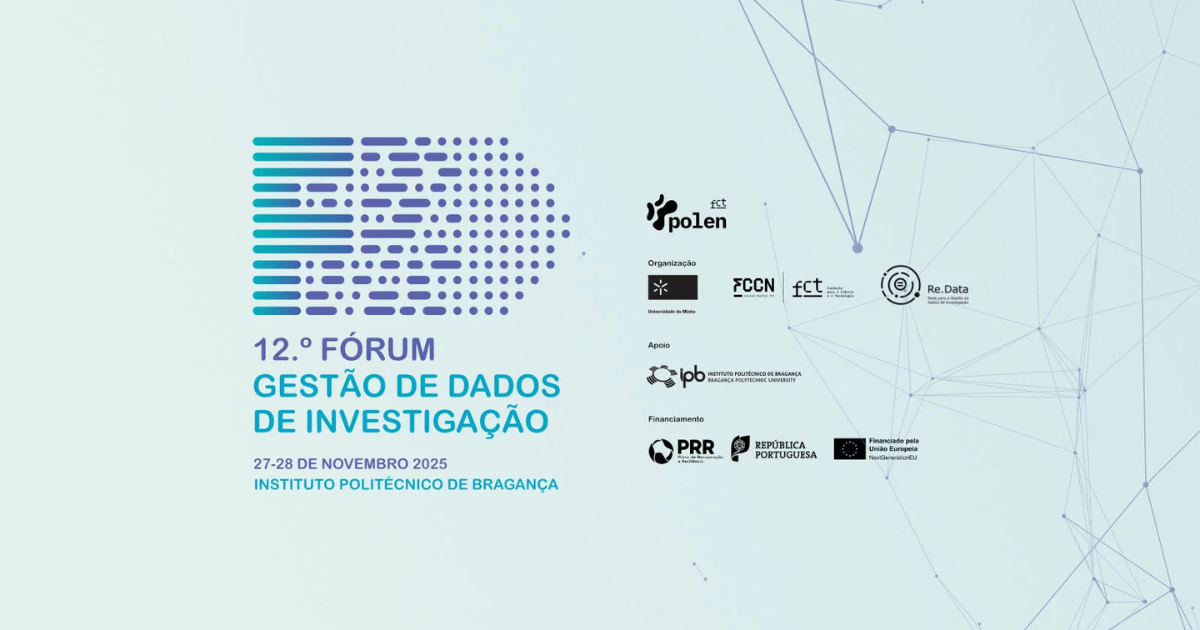On February 23, the FCCN Unit completed another stage of the RCTS100 project, becoming one of the first Academic Networks in the world to activate segment routing. Learn about the impact this feature has on how traffic is routed to higher education and research institutions through the Portuguese academic network, the Science, Technology, and Society Network (RCTS).
To increase the number and quality of connectivity services provided by the FCCN Unit to the national teaching and research community, a paradigm shift was made in the network's technical infrastructure. This shift was achieved through the activation of segment routing, the decision having been taken to respond to the increase in the number of services provided, associated with the desire to innovate and guarantee more and better connectivity services.
The main change promoted by this change concerns traffic routing, which is now based on labels or labels, instead of IP addresses. This possibility implies several improvements such as lower convergence times (<50ms) and increased redundancy of the network. This is because RCTS now implements distinct paths based on the traffic profile, meaning the number of nodes traversed depends on the service's latency and bandwidth needs.
Until now, RCTS had remained a purely IP network, using Ethernet technology to provide services. RCTS IP and RCTS Plus. During 2022, several FCCN Unit connectivity services will continue to be redesigned, focusing on greater redundancy, transport capacity, and ease of use for all entities connected to the RCTS. Automation will also be one of the strengths of the future RCTS.
Learn more about FCCN's connectivity services.
What is it segment routing?
Created in 2013, the technology of segment routing It's a solution that simplifies traffic routing and management between network domains. As networks evolve toward being service-oriented, this is a more appropriate solution, making the network more agile and flexible by removing unnecessary protocols and eliminating path signaling, thus increasing network redundancy and efficiency.












